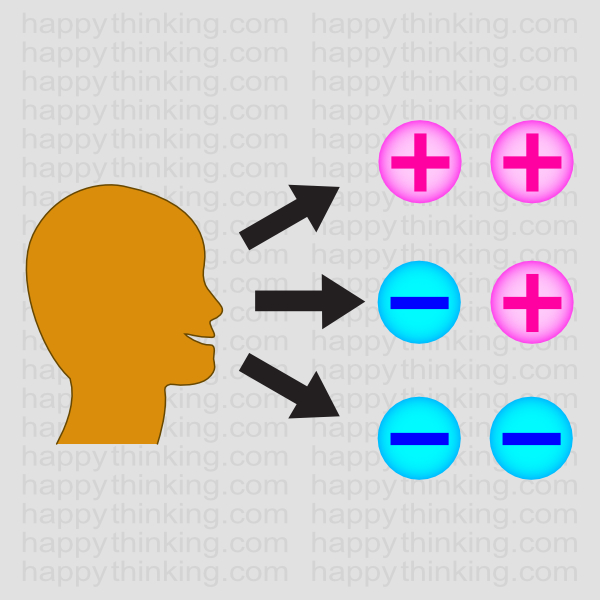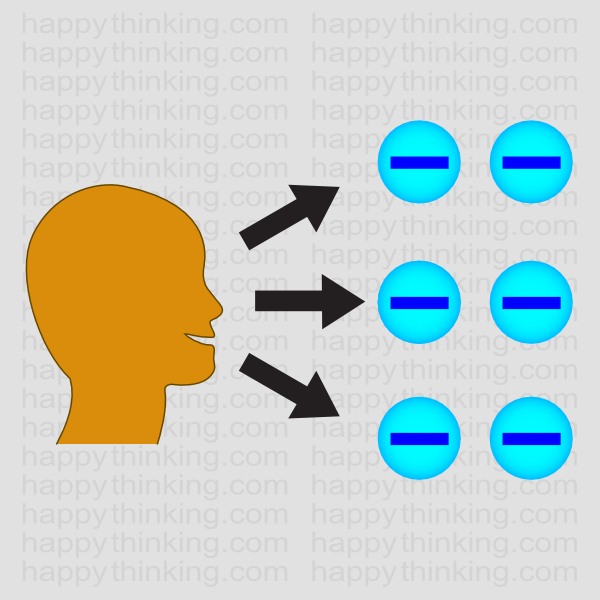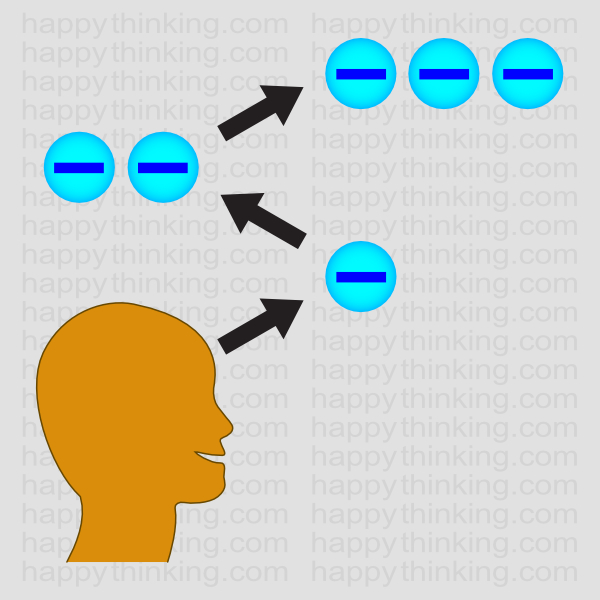In the last section, you learned about the “negativity effect”, which is an important unhelpful thought to change, as it can unnecessarily lower one’s mood.
On this page, I will explain to you another common type of unhelpful thought that people have, which psychologists call “catastrophic thoughts”. It is essential to recognise and change such thoughts, as it may lead to anxiety or a low mood. Let me now explain what catastrophic thoughts are.
In one’s day-to-day life, one’s mind constantly tries to imagine the future. When I refer to the future, I mean mainly the immediate future, such as hours and days ahead.

Imagining what may happen in the future is vital for one’s survival, as it helps individuals make informed decisions in the present. In other words, one tries to make decisions in the present that will lead to a better future. For example, suppose one is thinking about going to a nature park for a long walk. Immediately, one’s mind will try to imagine various future scenarios. One might imagine that the soil in the park could be muddy, which leads the person to decide to wear sturdy shoes. Or perhaps one might imagine that because the walk will be long, one will be thirstier and hungrier, and this may lead one to prepare extra water and sandwiches for the walk. In this way, imagining the future helps one make informed decisions in the present. It is a crucial part of one’s daily life.
Unfortunately, at times, this imagination system can go wrong and become unhelpful. When working correctly, one’s imagination should imagine a range of “futures”, ranging from good to bad.

However, some people only imagine the worst possible outcomes. I.e. everything in the future will be a “disaster” or “catastrophe”. They do not think of any futures that might be less bad. This is what catastrophic thoughts are.

The example below will help you better understand catastrophic thoughts.
When Susan arrives at work in the morning, her boss says, “I want to have an important meeting with you at the end of the day.” With only this information, Susan could imagine various outcomes. For example, the meeting could be that her boss is offering a pay rise! Or maybe the boss wants to give her the bad news that she will lose her job. Or perhaps the boss just wants to discuss an important project and get ideas for it. There could be any number of possibilities.
Let’s imagine that Susan has some “catastrophic thoughts”. In this case, she only imagines the worst outcome, i.e she imagines that she will lose her job. She does not imagine any other less negative reason why her boss would want to meet her. She spends the whole day wracked with anxiety, worrying about it.
However, when she met her boss, it turned out that the boss wanted to offer her a promotion. In this example, catastrophic thoughts unnecessarily ruined Susan’s whole day.
With catastrophic thoughts, the person may add further layers of imaginary “worst outcome” scenarios. For example with Susan, she may add further scenarios to her original scenario of losing her job such as, “With the loss of my job, I would become extremely depressed and because of this my partner may leave me. I will not be able to afford the rent and end up being homeless, sleeping on the street”. With such a catastrophic imagination, Susan would undergo immense stress, which was unnecessary, as the outcome was not known before she met her boss.

Later on this website, I will share with you other common unhelpful thoughts.